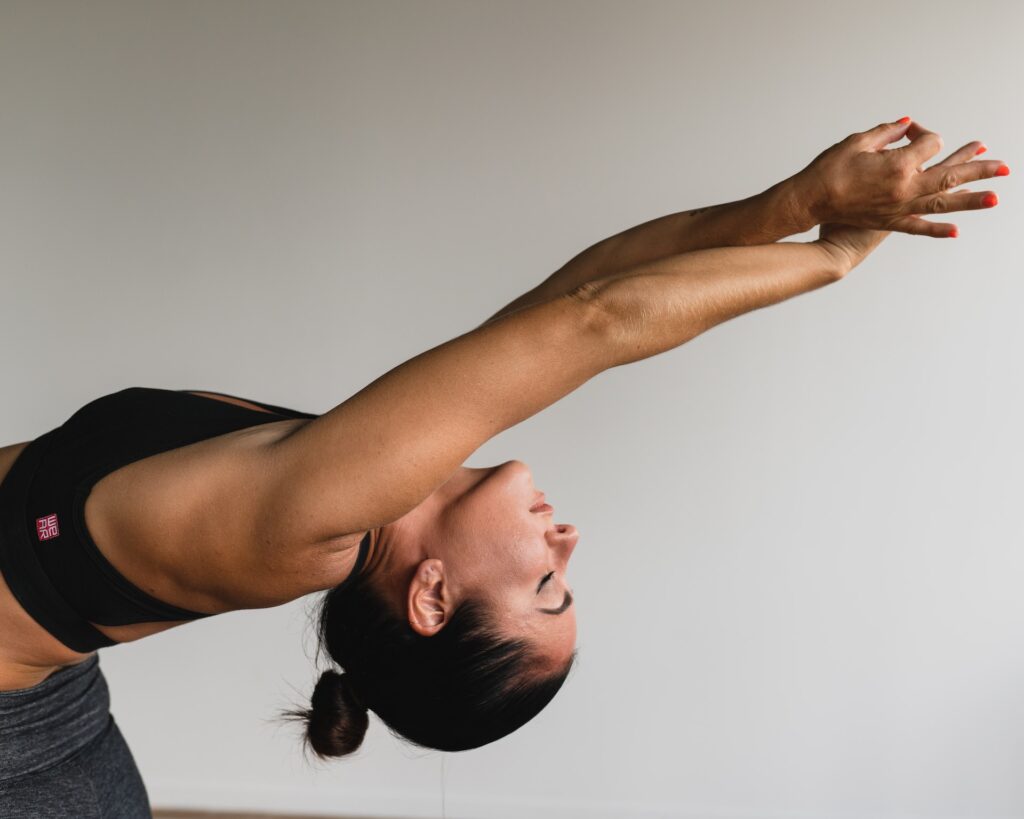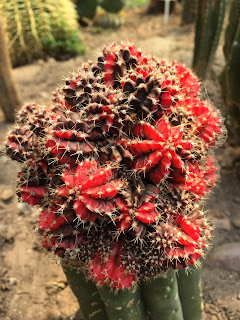
After finishing a hot yoga class, you may find yourself drenched in sweat and wondering how to effectively hydrate. The question arises for best hydration for hot yoga: should you reach for your water bottle or opt for one of the many sports drink alternatives?
Sweat analysis reveals that it contains over 5000 chemicals, giving each individual a unique and specific fragrance. Consequently, everyone sweats slightly differently. And not all our unique chemicals are formulated into a typical energy drink. This is where good nutrition helps!
During hot yoga, the majority of what we lose is water, with only a small amount of salt, potassium, or other minerals being excreted through sweat, even in the heat. While some individuals may sweat more heavily, their chemical makeup is not substantially different; they simply lose more excess water.
Sweating is a physiological process that helps regulate body temperature, but it is not the mechanism for clearing toxins. That responsibility falls on our kidneys, bowels, and liver.
Correctly performed yoga poses enhance sweat efficiency, with muscle and abdominal thermoreceptors signaling the amount of sweat production during workouts.
Individuals with a higher number of sweat glands will generally generate more sweat than their counterparts on neighboring yoga mats. Interestingly, men have a greater concentration of sweat glands due to their larger skin surface area.
Several factors influence the amount of sweat generated during hot yoga. Inadequate hydration before the session can impair sweating. Older practitioners experience similar sweating and temperature control as young adults. Additionally, wearing heavy clothing that hinders heat dissipation can elevate core temperature.
There are three types of sweat glands, each functioning slightly differently. The glands on our hands and feet respond to emotions as well as exercise.
In most skin sweat glands, salt loss is minimal since the gland is designed to reabsorb most of the sodium and calcium before secreting water onto the surface. However, excessive sweating can reduce this efficiency, resulting in slightly higher salt loss.
The largest sweat glands do not release sweat directly onto the skin surface but into hair follicles. This sweat is complex, containing proteins, sugars, and even some fats. However, water content is so high the best hydration for hot yoga is water.
Odor-producing sweat glands, known as sebaceous glands, also drain through hair follicles. They produce less water and salt, with their content consisting primarily of lipids and waxes. While sebaceous glands play important roles in fighting fungi and bacteria, they do not significantly contribute to the body’s need for electrolytes after workouts.
In conclusion, sweat glands do not play a significant role in eliminating toxins or waste from our metabolism. While there may be slight variations in sweat salt and nutrient content among individuals, the majority of sweat is water. Therefore, the best hydration for hot yoga is drinking water.

